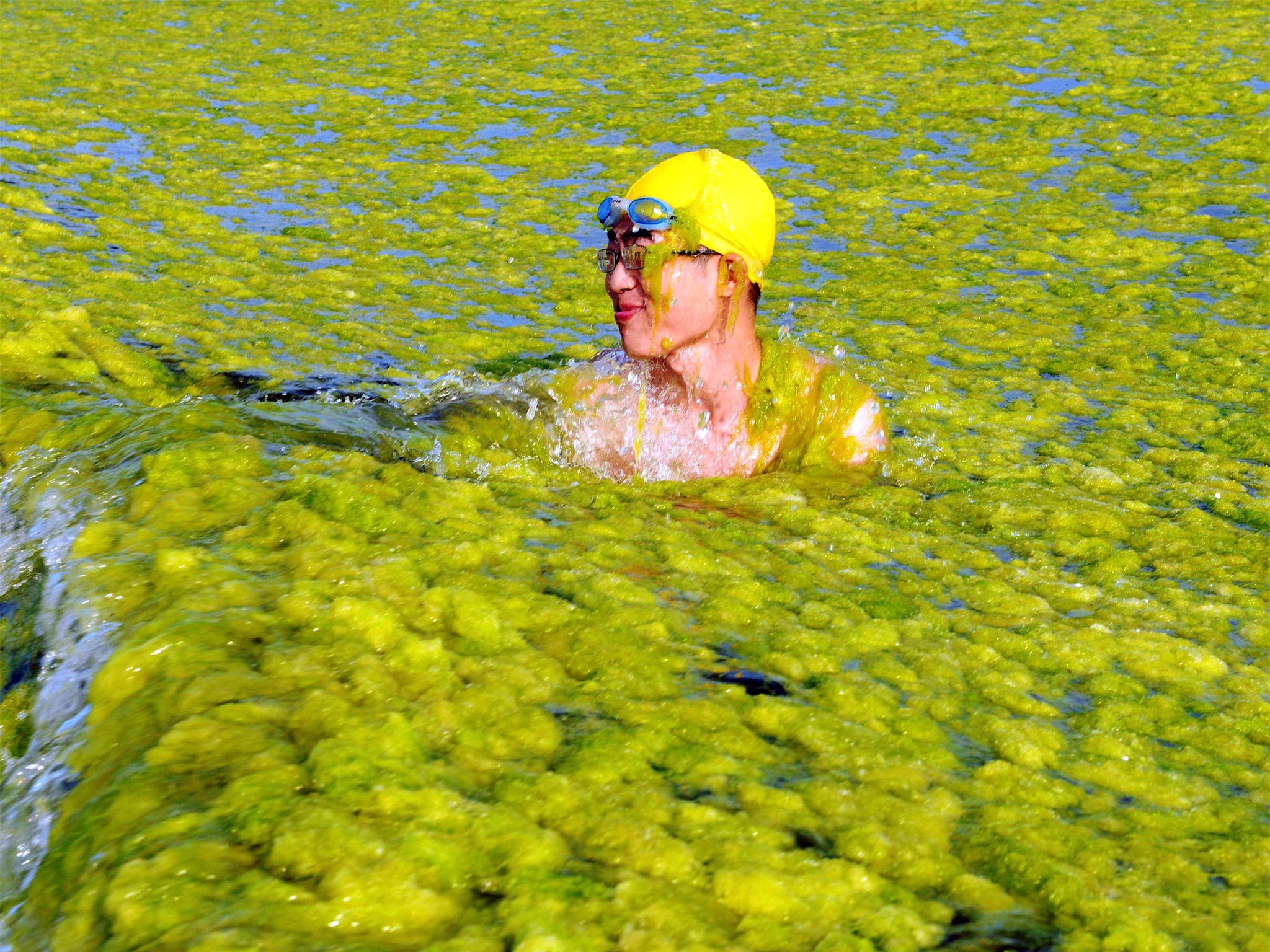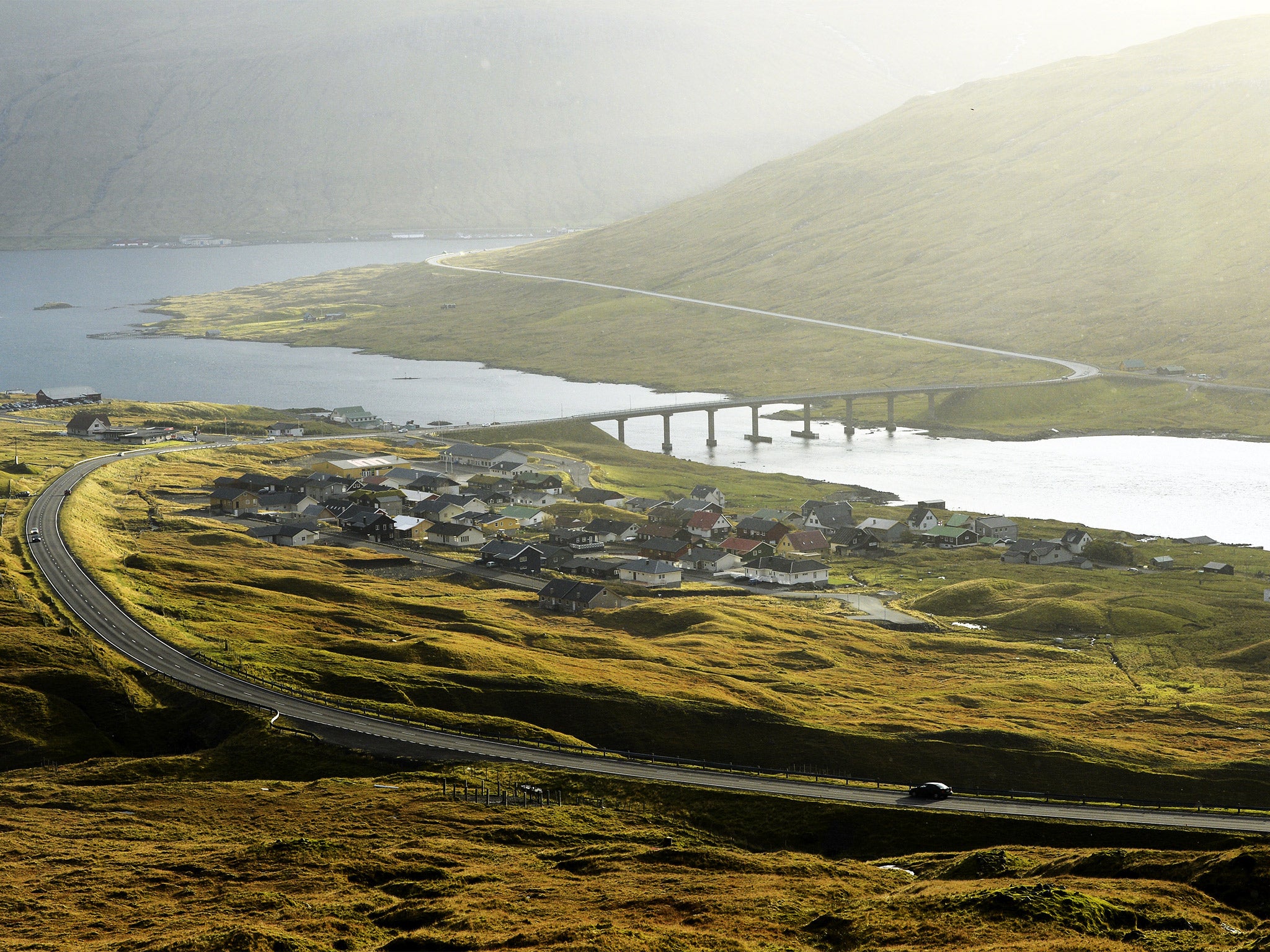The Future 100: Will we all be eating algae and inhaling cocktails in 2016?
Holidays in the Faroes, fashionable freckles, the death of email - they're all set be in vogue next year, if trend forecasters are to be believed. Rhodri Marsden opens his mind to the future

Your support helps us to tell the story
From reproductive rights to climate change to Big Tech, The Independent is on the ground when the story is developing. Whether it's investigating the financials of Elon Musk's pro-Trump PAC or producing our latest documentary, 'The A Word', which shines a light on the American women fighting for reproductive rights, we know how important it is to parse out the facts from the messaging.
At such a critical moment in US history, we need reporters on the ground. Your donation allows us to keep sending journalists to speak to both sides of the story.
The Independent is trusted by Americans across the entire political spectrum. And unlike many other quality news outlets, we choose not to lock Americans out of our reporting and analysis with paywalls. We believe quality journalism should be available to everyone, paid for by those who can afford it.
Your support makes all the difference.If December is about anything, it's about making bold predictions for the year ahead that later turn out to be spectacularly wrong. The trend-forecasting industry, however, prides itself on being right, and has developed the uncanny knack of knowing how we might be spending our money in the future. The Future 100 is a report produced every year by a research unit at the New York firm J Walter Thompson, and judging by the list of trends and changes to watch in 2016 we've got a heck of a year ahead.
Among its predictions are freckles becoming fashionable (No 57), the death of email (18), edible algae (46), a fascination with the Faroe Islands (28), breathable cocktails (45) and employing people to come on holiday with you to take your holiday snaps (94). If you're sitting there thinking, "Please, no, stop insisting that these things will become a thing," then you're not alone; portmanteau words within the report such as "sportspitality", "employvertising", "healthonism" and "swavory" made me wail in anguish and make a solemn vow never to eat algae as long as I live.
But this is an industry that's become used to rebuffing such cynicism; after all, if these were pie-in-the-sky predictions, it wouldn't be thriving in the way that it is. "Every single one of the items we've included is part of a bigger change," says the report's British-born author and the director of the unit, Lucie Greene. "We might not see the specific manifestation of that trend in that moment; a lot of them are applicable to a small group of influencers who are up for trying new things, but they'll reach a bigger audience in some form later on."
It's hard for me to get on board with the idea of a toothbrush with nano-sized mineral ions that "help people avoid using toothpaste" (No 13) – I mean, who's avoiding toothpaste? – but this is about the bigger picture. "So, with inhalable cocktails," says Greene, patiently, "people are increasingly looking for an experience, perhaps multisensory, with a sense of occasion, of magic. In two years' time, that kind of thing might be implemented in a bar chain or an upmarket hotel. And with algae, people have a higher degree of openness towards new, challenging ingredients because it informs bragging rights. It's something people can show off about online – and that's propelling trend adoption. Do you see?"
Much of the stuff in the report seems like a sound bet; in terms of predictions related to virtual-reality headsets, trackable luggage or Cuban tourism, the groundwork has been laid, whether technological, environmental or political. With others, it seems like more of a punt, a stab in the dark – but Greene stresses the rigour of their methodology. "We live this stuff every day," she says. "We're absorbing all the time. We speak to networks of experts, commission and consult consumer data, interview founders of disruptive start-ups that we see as relevant, and look at creative culture, which we see as inherently linked to consumer trends. We synthesise all this detail. It paints a richer picture of the nuances of change, and how it might evolve." For us, an outline of how we might be spending cash in 12 months' time is a bit of fun, but for brands trying to sell us stuff, it's critical information; Greene's work is dedicated to helping them to future-proof themselves in an era when the world of marketing is complex and our needs are changing at breakneck speeds.
What's the accelerating factor, here? Is it just the rapid development of technology? "It's about access to digital media," says Greene, "via any number of new channels of constant information. That's propelling the adoption of trends. Also globalisation and travel; millennials are travelling more than any previous generation, so trends that might have lingered regionally are now being adopted very quickly. For example, South Korean beauty is one of the biggest influencers on beauty trends worldwide." The surprising appearance of the Faroe Islands in the report is indicative of that hunger for travel and a growing interest in accessing unspoilt, unique places; it might seem a niche desire now, but as Greene says, niche stuff reaches the mainstream far more quickly than it used to.

"A lot of food brands ignored the trend towards hyper-natural products," she says, "and now huge brands are completely re-evaluating their supply chains and recipes – at huge expense – in response to the backlash against artificial ingredients and the fact that brands like Panera Bread and Chipotle are growing so quickly." Of course, while one segment of the food industry tries to cater for people who want, in the words of the report, "farm-to-table, fermented, probiotic, cold-pressed everything", the vast majority will continue drinking colas and chomping on burgers. But it's the activities of young people, the aforementioned "millennials", who are of most interest to Greene and her industry. "The definition of the word is problematic," she says. "It could be anything from 18 to 35 – but they have an important role. Culturally and behaviourally, they're driving change. They also present a challenge for brands, because they've been marketed at their entire lives and they assume that all things are bullshit."
Young people are not the only ones who are developing a weary attitude towards businesses trying to understand them – indeed, one of Greene's predictions for 2016 (No 38) is the death of the word "artisanal" as we stop believing the insincere claims of authenticity made by companies who jump on the hipster cliché bandwagon. But through some intense study, big-data analysis and curious sixth sense, trend forecasters are dedicated to gaining and furthering that understanding. "There's that famous quote by William Gibson," says Greene, "which says that the future is already here, but it's just not very evenly distributed. That's what we're looking for – signs of meaningful change, the consumer mindset, how people are feeling. We're not inventing the future."
Join our commenting forum
Join thought-provoking conversations, follow other Independent readers and see their replies
Comments